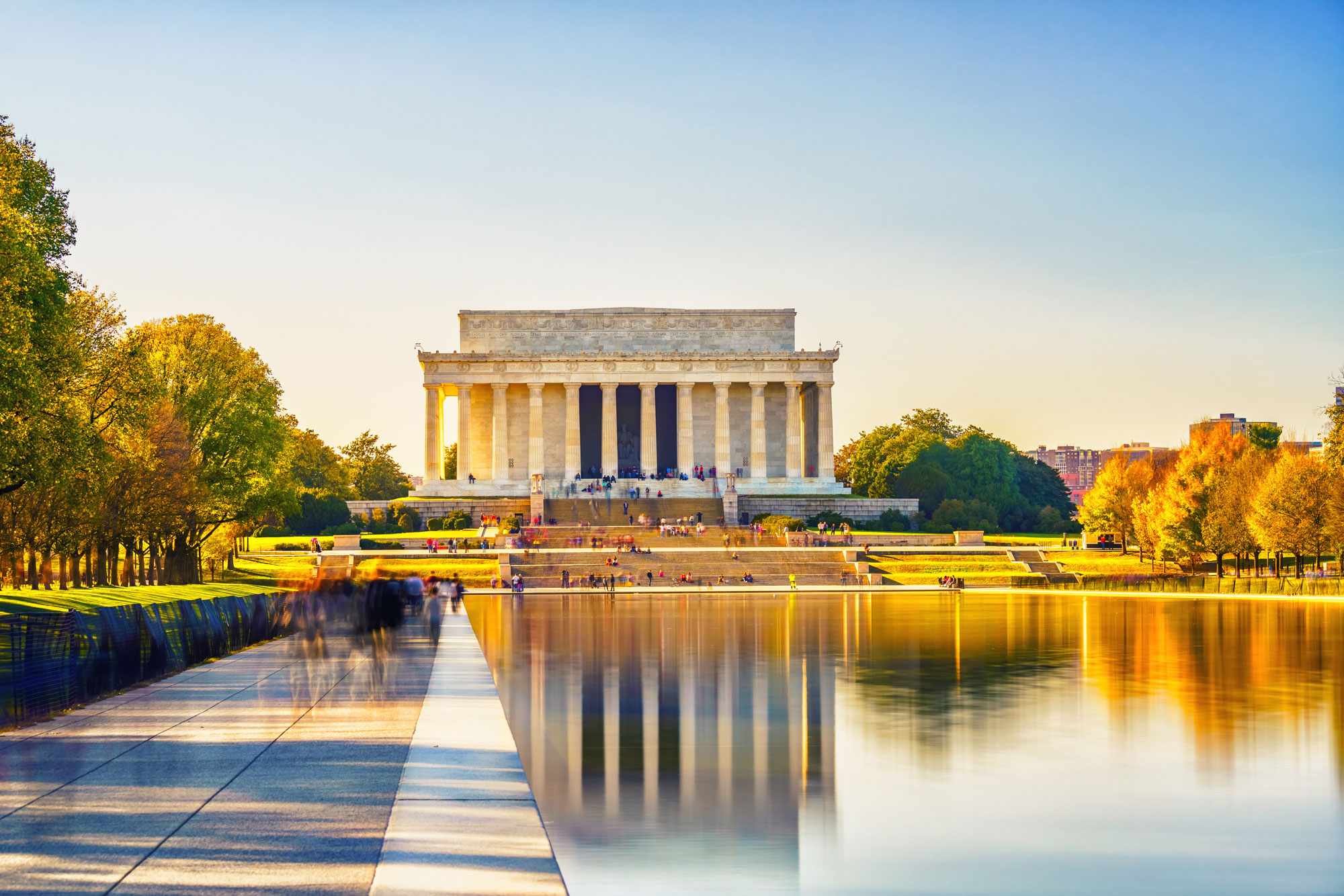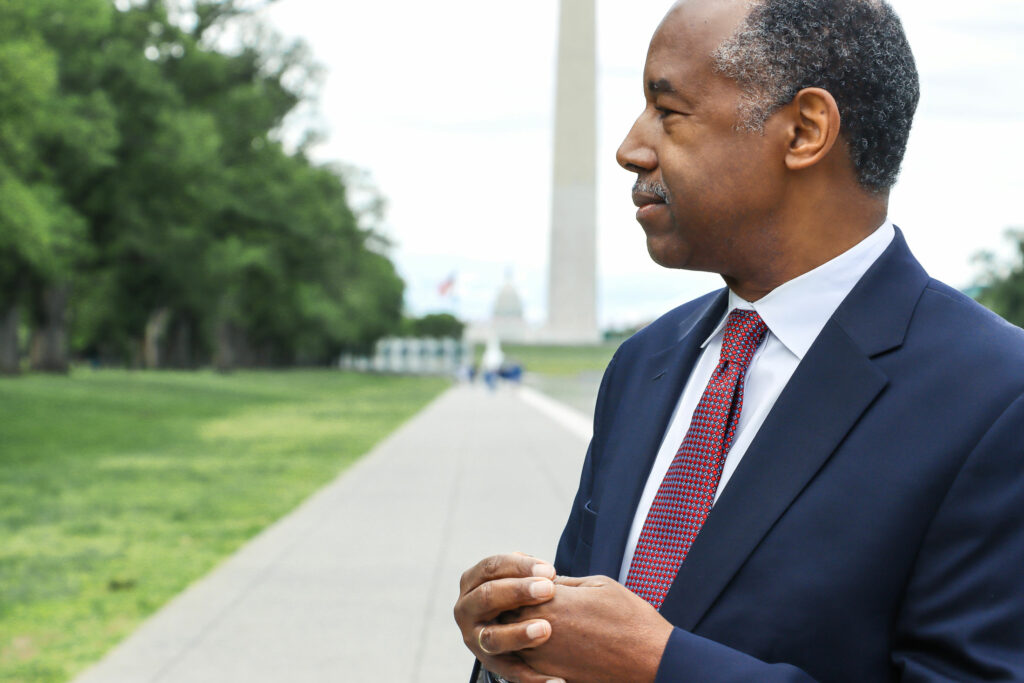 On Monday, the Supreme Court handed down a unanimous ruling in Trump v. Anderson that overturned the Colorado Supreme Court and rejected Colorado’s attempts to remove former President Donald Trump’s ability to appear on their state’s ballot for the presidential primary.
On Monday, the Supreme Court handed down a unanimous ruling in Trump v. Anderson that overturned the Colorado Supreme Court and rejected Colorado’s attempts to remove former President Donald Trump’s ability to appear on their state’s ballot for the presidential primary. The 14th Amendment was passed in the aftermath of the Civil War, primarily to extend the right of citizenship to formerly enslaved African Americans. However, liberal operatives in several states, including Colorado, Maine, and Illinois, relied on Section 3 of the 14th Amendment’s provision that no person who “engaged in insurrection or rebellion” against the United States can hold office, which was originally intended to keep former Confederates from taking political power in the recovering nation.
However, according to the Court’s reading of the 14th Amendment’s “Insurrection Clause,” the Constitution charges “Congress, rather than the States,” with the responsibility for “enforcing Section 3 against federal officeholders and candidates,” thus putting to rest the movements in various states to remove President Trump from their ballots.
According to the Supreme Court, the primary reason for this ruling is to prevent a “patchwork” effect of differing eligibility requirements for each candidate based on the state, which would cause chaos in a national election. If a candidate were to appear on the ballot in some states but not in others, the Court fears that could throw our entire electoral system into confusion. In the Court’s words, “Nothing in the Constitution requires that we endure such chaos—arriving at any time or different times, up to and perhaps beyond the inauguration.”
While the Court’s liberal justices concurred in judgment—meaning they agreed with the outcome—they offered a narrower concurrence than the conservative majority, arguing that the majority requiring Congressional action to remove a candidate from the ballot was ultimately an attempt to “insulate all alleged insurrectionists from future challenges to their holding office.”
In her separate concurrence, Justice Barrett emphasized that while the scope of their views on the issue may vary, “all nine Justices agree on the outcome of the case,” and that “is the message Americans should take home.” Justice Barret also argued that now is “not the time to amplify disagreement with stridency,” and “the Court has settled a politically charged issue in the volatile season of a Presidential election.”
As the American Cornerstone Institute has argued before, the Supreme Court got this case exactly right—and Americans of all stripes should applaud this decision. In a democratic republic like America, it should be up to the people to decide who represents them in the White House—not state bureaucrats and well-funded political operatives.
The liberal establishment has pulled every trick in the book to keep President Trump from governing since the moment he announced his candidacy—from spying on his campaign to the Russian collusion hoax investigation to two sham impeachments to attempting to remove him from the ballot and even weaponized investigations from the Justice Department. As President Trump continues to rise in the polls, the far left is trying everything they can to keep him—and subsequently, his millions of voters across the country—from having their say in how our government has run.
In his remarks at New York’s ratifying convention in 1788, Alexander Hamilton succinctly laid out the idea behind our country’s formation: “Here, sir, the people govern.” Monday’s decision from the Supreme Court affirms this principle, and all Americans should applaud the court’s ruling that the decisions on who can govern our nation should be made by the people at the ballot box in November—not by the unelected ideologues at the state level.

